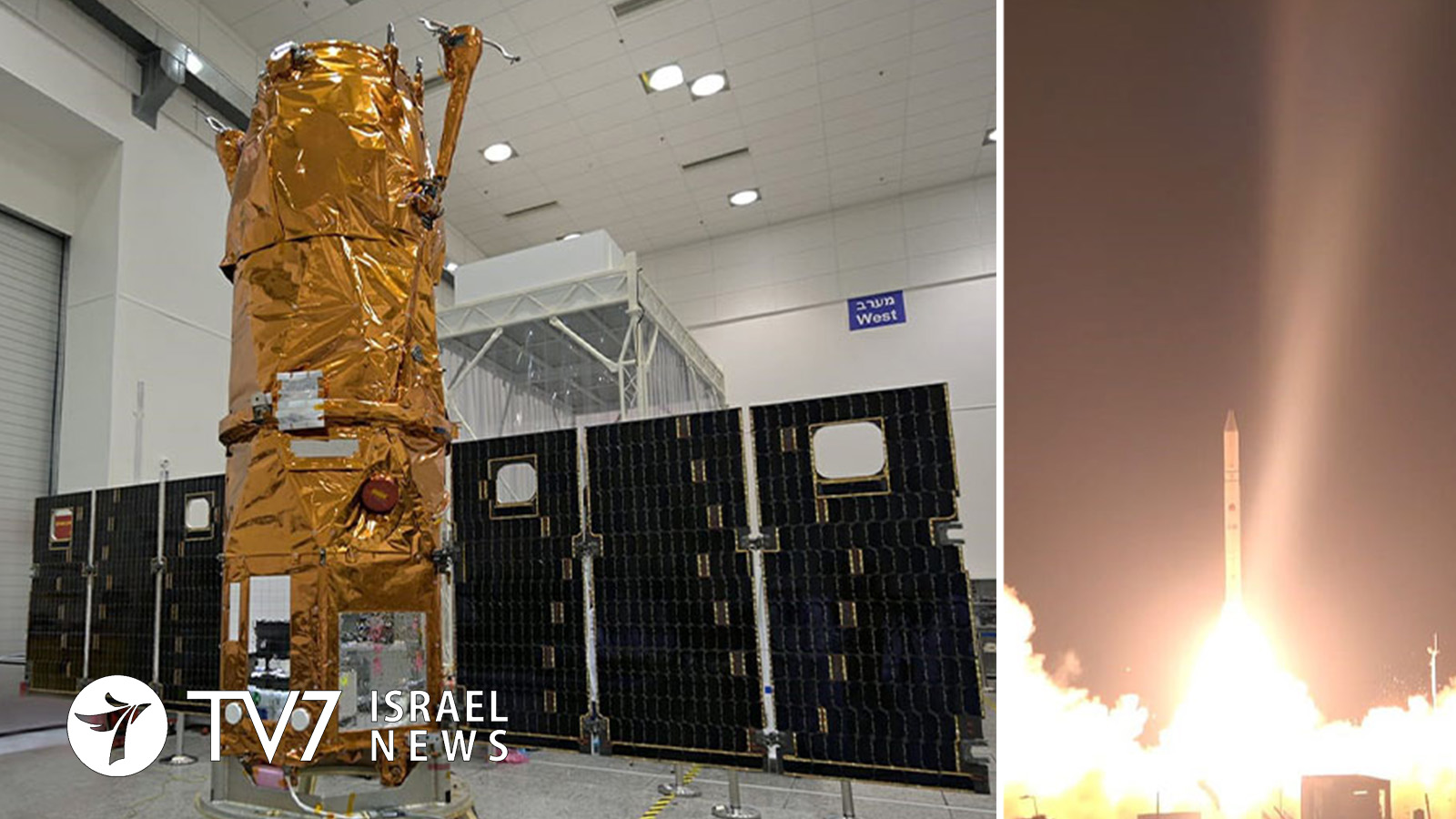The Israeli Defense Ministry has announced that the nation’s newest electro-optical Ofek-16 satellite is now operational.
The IDF Visual Intelligence Unit 9900 will now assume responsibility for the latest atmospheric espionage system that affords surveillance of enemy states such as Iran, whose nuclear program Israel views as a major threat. The formal transfer of operations to the IDF was conducted in an official ceremony held in compliance with ongoing coronavirus restrictions.
The Defense Ministry declared in a statement, “Three months after its successful launch into space, and following a rigorous and pre-planned checking process, today the Space Administration in the Directorate of Defense Research and Development [DDR&D, or MAFAT according to its Hebrew acronym] in the Defense Ministry and the Israeli Aerospace Industries completed the Ofek-16 reconnaissance satellite’s preparations for operational use in space.”
Ofek 16 was shot into space in July from the Palmachim air base in central Israel by a locally-developed Shavit rocket, which had been used to launch earlier versions of the satellite. The Ofek-1 was sent into orbit in 1988.
“We will continue to strengthen and maintain Israel’s capabilities on every front, in every place,” said Defense Minister Benny Gantz in July. IAI space program director Shlomi Sudari commented that, “Our network of satellites lets us watch the entire Middle East — and even a bit more than that.”
The state-owned Israel Aerospace Industries (IAI) was the main contractor for the project and the satellite’s payload was developed by the Elbit Systems Ltd. aerospace and defense company. The Defense Ministry hailed Ofek 16 as “an electro-optical reconnaissance satellite with advanced capabilities” that would provide high-quality surveillance for Israeli military intelligence.
Some of the earliest photographs taken by the satellite were released in late August of archeological sites at the Syrian city of Palmyra. The Defense Ministry says that the satellite’s camera, jointly-developed by the DDR&D and Elbit, “is of a much higher quality, with capability-to-weight ratios that are better than anything on the market.”
The satellite itself was manufactured by IAI, and the launcher missile was produced by the Rafael Advanced Defense Systems contractor.
Iran finally joined small group of world nations to possess such reconnaissance capabilities by successfully launching its own satellite last April after multiple failed efforts.
